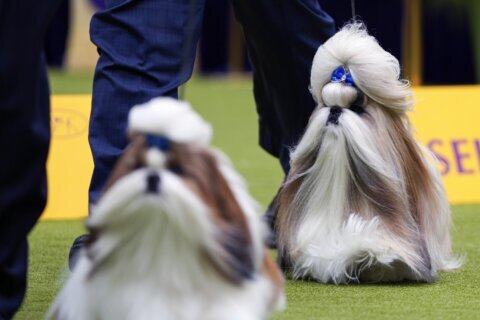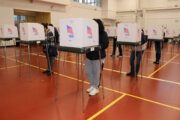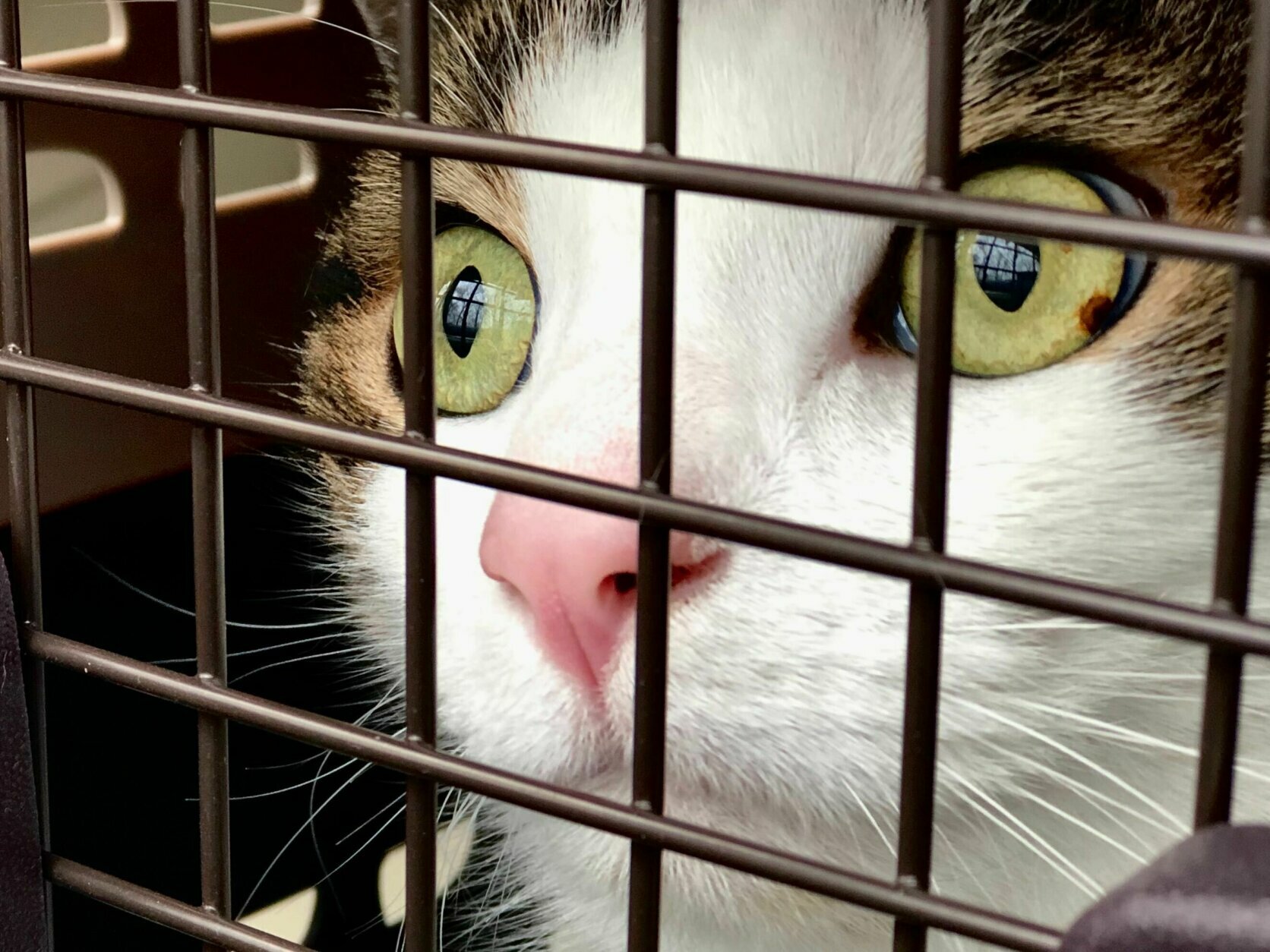
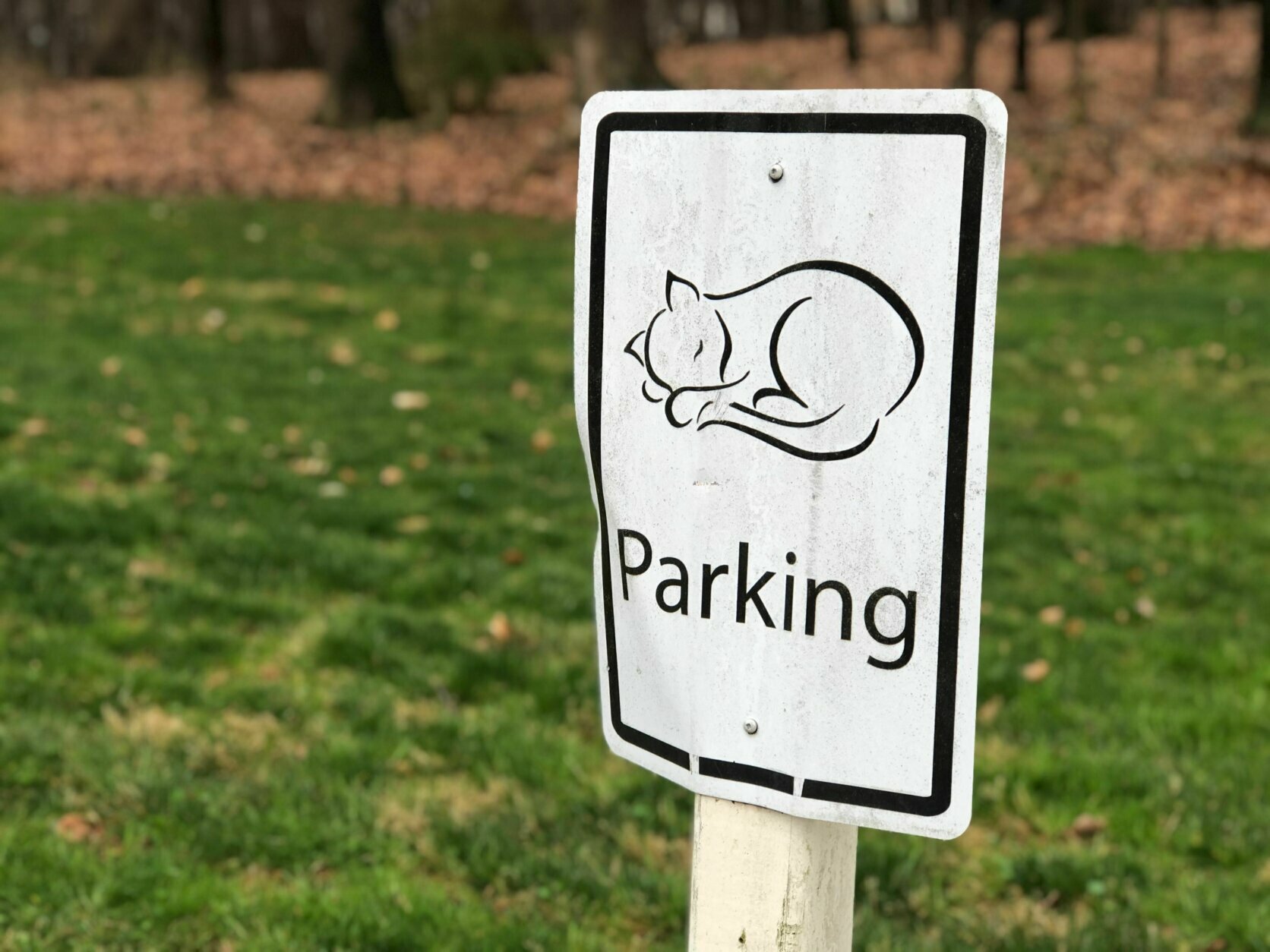

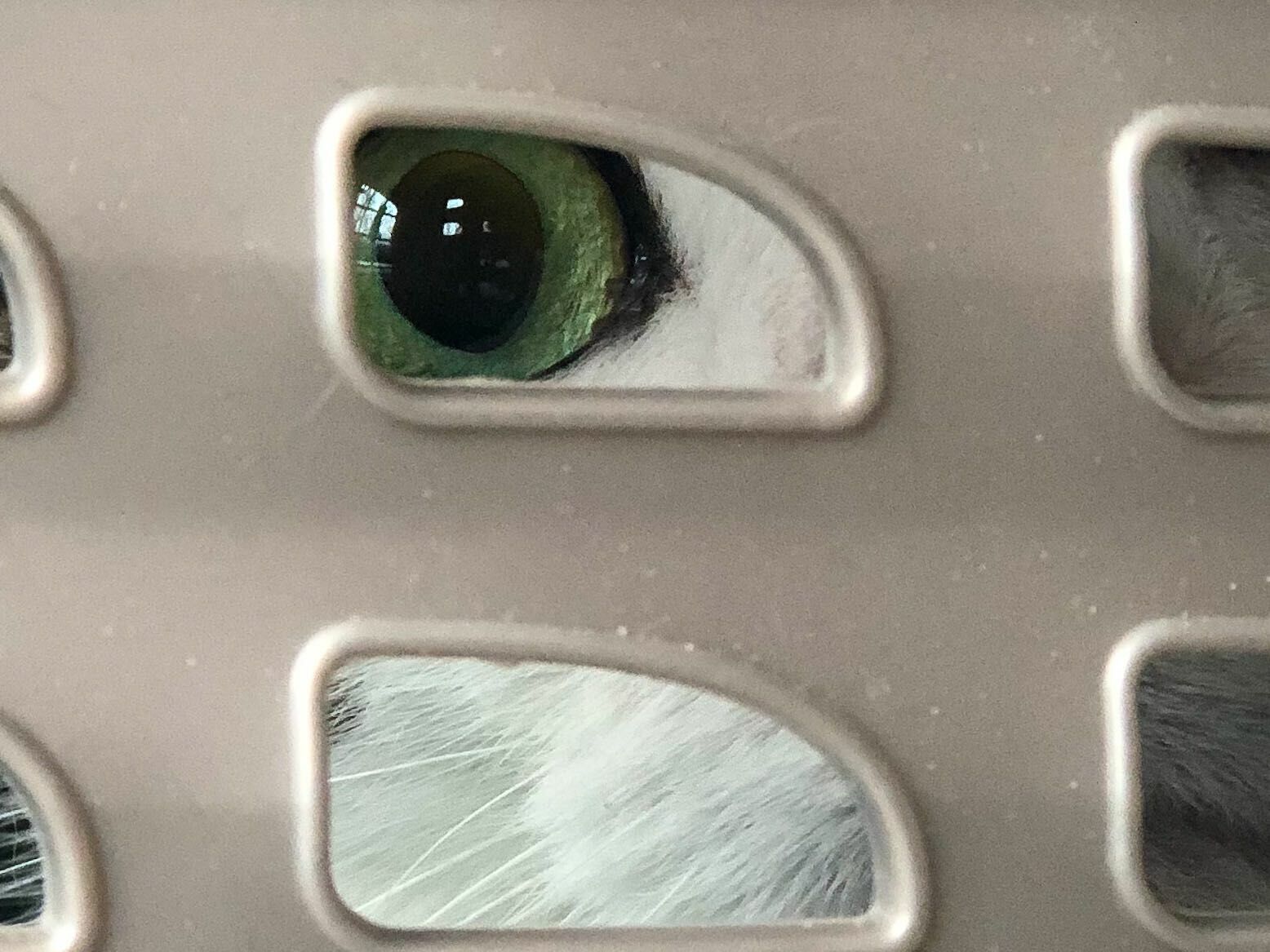
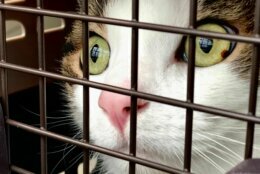
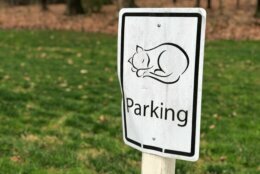

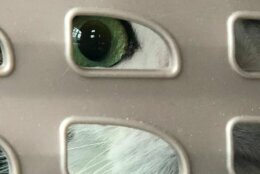
Under stay-at-home orders across the region, even veterinarians are changing the way they do business.
At the branch of A Cat Clinic in Boyds, Maryland, wellness checks are being postponed. The clinic on Clopper Road is only making appointments for sick cats, and those with urgent surgeries.
Even before Maryland Gov. Larry Hogan declared that residents must remain at home with some exceptions, the clinic staff was operating under new procedures.
Instead of allowing pet owners to bring their cats into the clinic, veterinary technicians, wearing gloves, greet clients in the parking lot.
Often, the tech will have a washcloth — that’s the only thing that will make contact with the cat carrier at that point.
“We’re using washcloths to touch the carriers because carriers can serve as a fomite for the virus,” Dr. Melissa Mustillo said. A fomite is any object, such as the handle of a carrier, that could carry a pathogen, such as the coronavirus.
Once the cat is taken into the clinic for an exam, the pet owner, waiting in the car, is called by a tech who takes a history. Then, the exam is carried out, and the examining vet — in this case, Mustillo — calls to discuss the cat’s health.
I brought my cat in because he needed a rabies shot, and he was doing something odd: He had been pulling out small tufts of hair. Mustillo said it could be one of two things: allergies or stress.
“I am seeing a lot of stressed-out cats because their owners are home,” she said.
Cats seemed to be of two minds when it comes to stay-at-home pet owners. “Some cats love it; others are like, ‘Ewww, go away,'” she said with a laugh.
Once the exam is over, the carrier is wiped down, the cat is placed back inside and taken out to the owner.
“I miss being able to talk to owners face-to-face because we have to do everything over the phone, or from a distance, in the parking lot,” she said.
Asked about the coronavirus, she made a distinction between the coronaviruses already known to affect dogs and cats, and the one at the center of the global pandemic.
“Both dogs and cats have their own version of a coronavirus,” Mustillo said. While she said there are many questions about the virus that causes COVID-19 and how it might evolve, “I’ve been telling everybody not to worry or panic,” she said.
Mustillo said she knows many pet owners are uneasy simply handing over their pets for exams.
“We know it can be scary that we are taking your cat from you,” Mustillo said. “We are still loving on your cat” during exams, chatting to the animals to soothe any anxiety.
“I actually think we’re talking to them more — because we have no one else to talk to!”
Many veterinarians in the region have adapted to new regulations about social distancing and are complying with the stay-at-home orders in, Maryland, Virginia and D.C.
Before heading to your vet, you might want to call and check to see if appointment policies have changed.
- Sign up for news alerts from WTOP
- Closings and delays
- DC stay-at-home order: What’s allowed
- Maryland stay-at-home order: What’s allowed
- Virginia stay-at-home order: What’s allowed
- What businesses can stay open in DC?
- What businesses can stay open in Maryland?
- What businesses can stay open in Virginia?
- Coronavirus test results in D.C., Maryland and Virginia
- Coronavirus FAQ: What you need to know
WTOP’s Kate Ryan reported from Boyds, Maryland.



